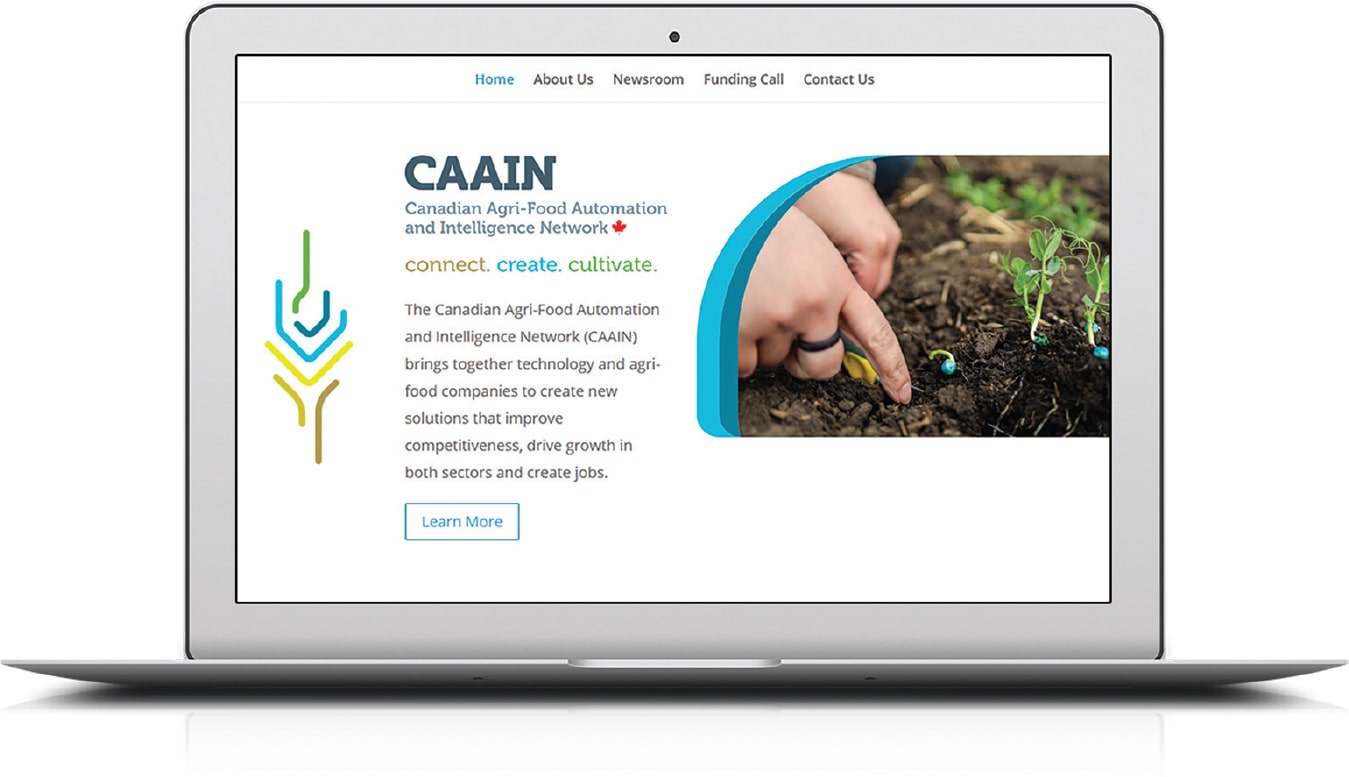Canada incubates a new wave of ag tools
What innovations do we need to produce crops more profitably and with a smaller footprint?
If you have an idea, the new Canadian Agri-Food Automation and Intelligence Network (CAAIN) is designed to make the connections necessary to test that idea, provide support for research and development, and even help to bring some of these ideas to market.
“Crop production is very dependent on labour and weather,” says Cornelia Kreplin, interim CEO for CAAIN. “Just think of the possibilities for agriculture if we had harvest machines that could continue 24/7 when conditions are good or drones that can spray at the optimal window.”
CAAIN’s purpose is to encourage new ideas and then provide connections and some funding to test these ideas.
Kreplin is based in Alberta and also works for Alberta Innovates, the organization that led the application to create CAAIN.
CAAIN launched in July 2019 with funding from the Government of Canada’s Strategic Innovation Fund. CAAIN’s core partners are Alberta Innovates, Olds College, Lakeland College and a few private companies. In October 2020, CAAIN put out a call for proposals with a focus on projects that provide solutions through automation and digital technology. Researchers from universities or not-for-profit organizations can apply, and projects require at least two small and medium-sized enterprise (SME) partners.
Through CAAIN, these SMEs and other project partners can be reimbursed up to 40 per cent of the cost of developing automation or technology solutions that will help any user make better farming decisions.
“If a company is not prepared to write research applications, CAAIN can help them,” Kreplin says.
Smart farms at Lakeland and Olds colleges are important partners. “These farms are designed to accelerate adoption, test the return on investment for new technology, and then demonstrate this new technology to the surrounding community,” Kreplin says.
“These farms are designed to accelerate adoption, test the return on investment for new technology, and then demonstrate this new technology to the surrounding community.”
Joy Agnew is associate vice president with the Olds College Centre for Innovation. “Since we launched the Smart Farm in 2018, Olds College has received unprecedented interest from traditional and nontraditional ag companies who see significant value in the ag-tech space,” says Agnew.
Olds College is the lead for three submissions to the CAAIN program. One submission will compare labour efficiency and field efficiency for autonomous versus conventional agriculture equipment. Another will assess which field data layers are most critical to determining yield potential. The third is to establish a pan-Canadian smart farm network to demonstrate, evaluate, and disseminate lessons learned about new ag technology.
Olds College is already working on other research and product proof-of-concept projects. These include validation of an on-combine NIR analyzer for real-time grain protein mapping, development and validation of in-bin drying system, and testing and validation of optical spot spray technology for western Canadian conditions.
With Smart Farms just getting started and new rounds of funding to incubate and commercialize new ideas, it could bring a new wave of innovation to Canadian agriculture. Farmers who have ideas or who want to see new ideas in action can connect with CAAIN at caain.ca.





